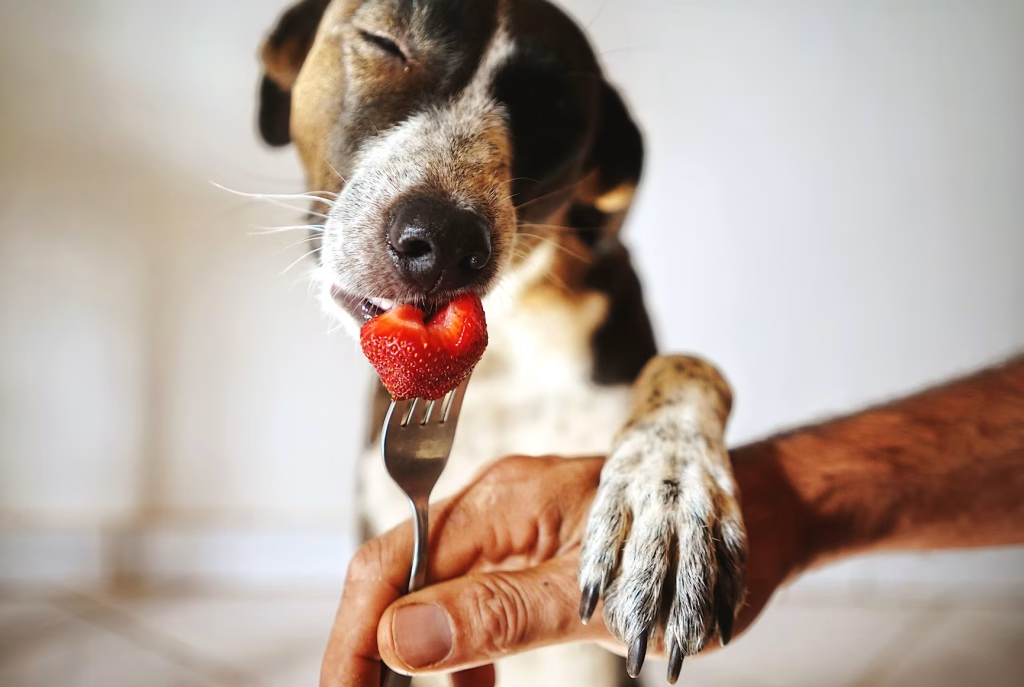
When kids start lobbying for a pet, the chorus of “I’ll walk her every day!” and “I’ll clean the litter box!” can melt even the toughest parent. Pets really do deliver laughter, comfort, and stronger family bonds—but only when their physical and emotional needs are met day after day.
Without a game plan, the fun can fade into frustration, unexpected costs, or even the heartbreak of re-homing. Think of a new pet like any major life change: success depends on research, realistic budgeting, and healthy routines.
Avoid these five common pet care mistakes and you’ll set your family—and your furry friend—up for a happier, healthier life.
1. Impulse Adoptions Without Research
Those soulful eyes can cloud judgment in seconds, but every animal has a built-in “operating manual” you need to read first. Before signing adoption papers:
- Match energy levels. A high-octane herding dog may feel trapped in an apartment, while a low-energy senior cat won’t keep up with toddlers.
- Check lifespan and health quirks. Large-breed dogs age faster, certain cat breeds need daily grooming, and some small mammals are nocturnal—none of which are deal-breakers if you plan ahead.
- Talk to reputable sources. Rescues, breed clubs, and veterinarians can give candid insight into temperament, medical issues, and typical costs.
Treat the decision like buying a car: test drive, compare models, and know the upkeep before you bring it home.
2. Skipping Socialization and Training
A well-socialized pet isn’t born; it’s taught. Early, positive exposure to new sights, sounds, and people prevents anxiety and curbs unwanted behaviors. Build a confident companion by:
- Starting early. The first four months are a prime learning window for puppies and kittens.
- Using rewards, not punishment. Treats, praise, and toys reinforce desired behaviors far better than scolding.
- Taking a class. Beginner obedience or kitten kindergarten teaches both humans and animals the basics—sit, stay, polite leash walking—and offers controlled practice around other pets.
An investment of a few weeks now can save years of stress later.
3. Underestimating the Real Cost
Pet budgets often end at food and toys, but hidden expenses creep in fast. Plan for:
- Routine care. Annual exams, vaccines, flea and tick prevention, heartworm meds, and grooming.
- Emergency fund. A single accident or illness can cost more than a family vacation; a savings cushion or pet insurance keeps tough choices off the table.
- Life changes. Boarding fees during travel, higher rent deposits, or replacing chewed furniture.
Write down expected monthly and annual costs before adoption day so the pet never feels like a financial burden.

4. Feeding an Improper Diet
The internet is packed with DIY pet-food advice—some of it dangerous. Avoid nutrition pitfalls by:
- Choosing life-stage food. Puppies, adults, and seniors have different calorie and nutrient needs.
- Sticking to vet-approved brands. Your veterinarian can recommend diets backed by research, not trends.
- Limiting “people food.” Table scraps can upset digestion or cause obesity; some foods—like grapes, onions, and chocolate—are toxic.
- Monitoring weight. Feel for ribs without excess padding and adjust portions as activity levels change.
Balanced nutrition fuels healthy growth, shiny coats, and long, active years together.
5. Skipping Routine Vet Check-Ups
Annual—or twice-yearly for seniors—wellness exams catch problems while they’re small and affordable. Make preventive care non-negotiable by:
- Booking appointments in advance. Treat vet visits like pediatric check-ups and mark them on the family calendar.
- Discussing early warning signs. Weight changes, bad breath, or increased thirst often signal underlying issues.
- Staying current on vaccines and parasite control. Consistent protection shields both pets and family members from avoidable diseases.
Regular check-ups save money, pain, and worry down the line.
Build a Bond, Not a Burden
Responsible pet ownership isn’t about perfection; it’s about preparation and follow-through. When kids help research breeds, measure food, or attend vet visits, they learn empathy and accountability. Avoiding these common mistakes means more wagging tails, fewer unexpected bills, and a household where both pets and people thrive.
What pet-parent lesson did you learn the hard way? Share your story in the comments—your insights might spare another family the same headache.
Read More

Samantha Warren is a holistic marketing strategist with 8+ years of experience partnering with startups, Fortune 500 companies, and everything in between. With an entrepreneurial mindset, she excels at shaping brand narratives through data-driven, creative content. When she’s not working, Samantha loves to travel and draws inspiration from her trips to Thailand, Spain, Costa Rica, and beyond.